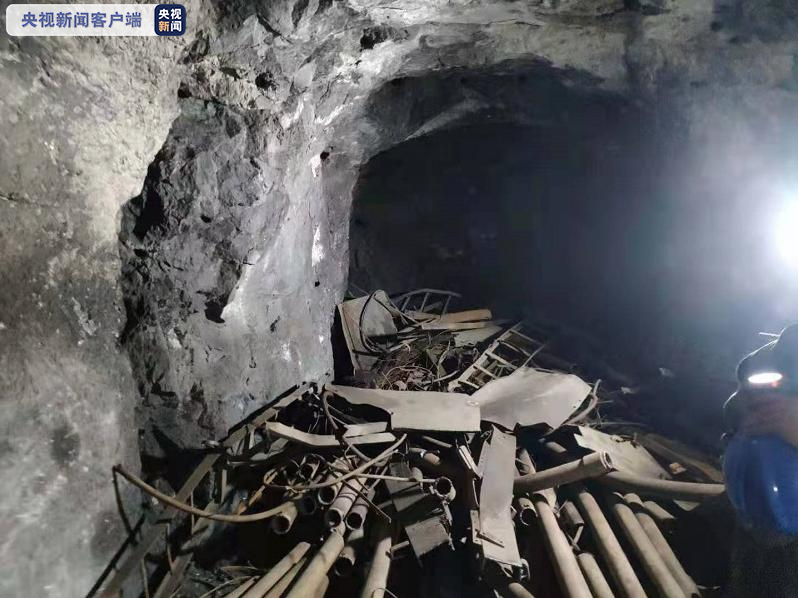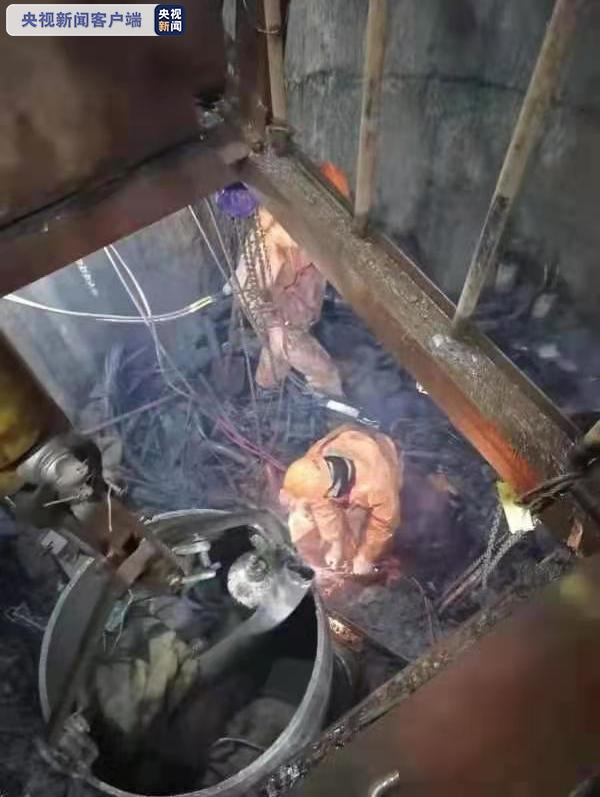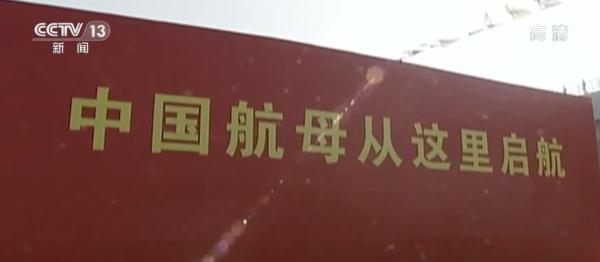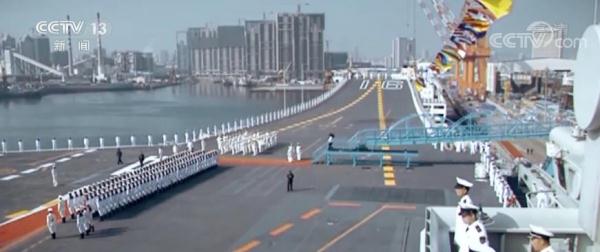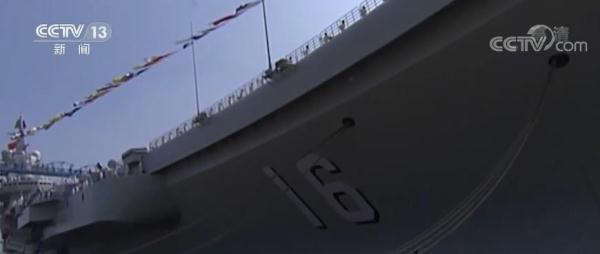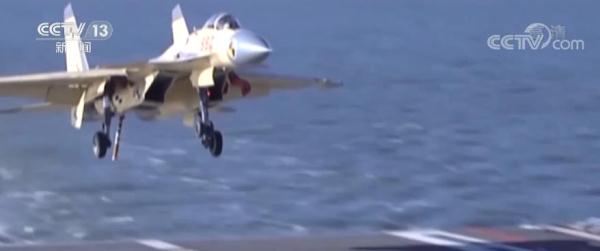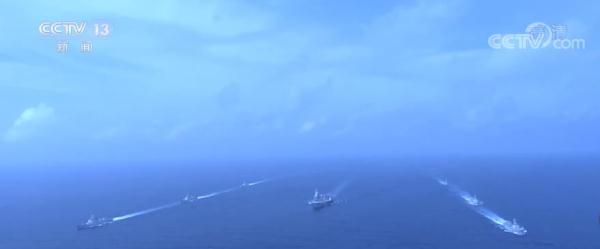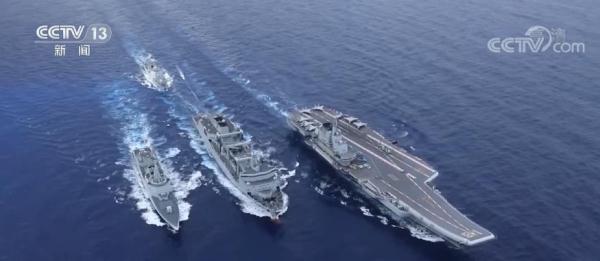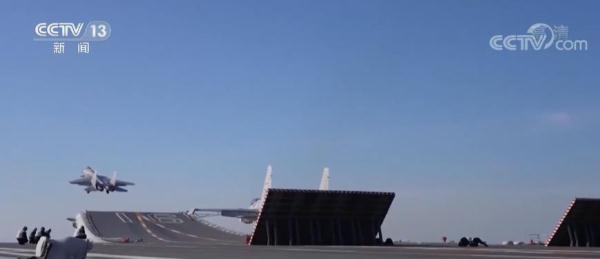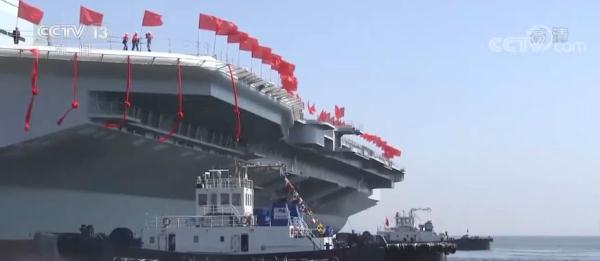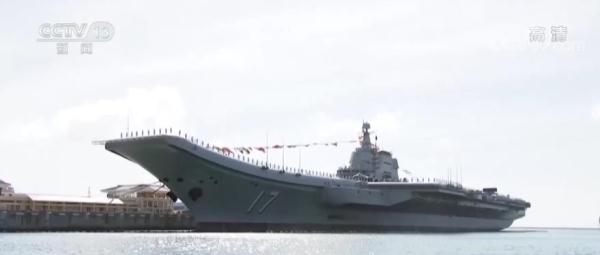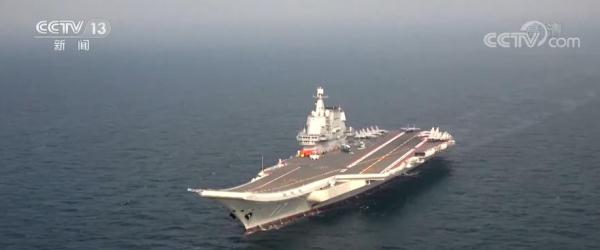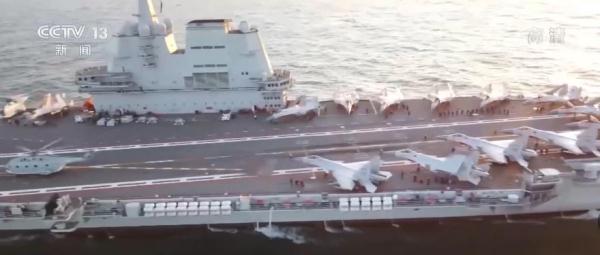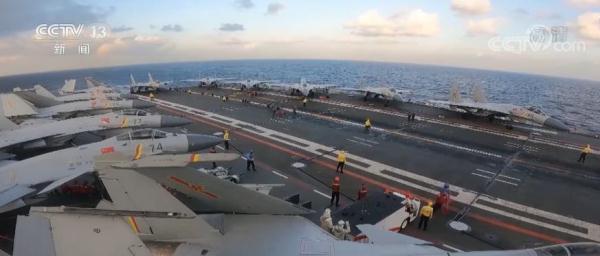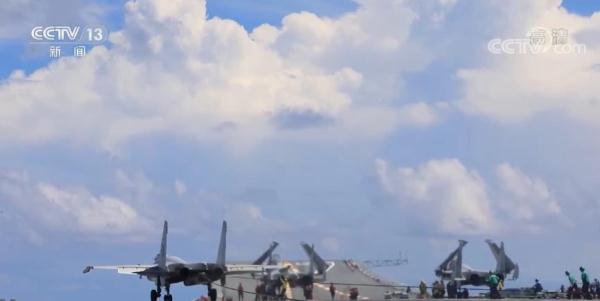Guangdong, a place easy to get angry.
For Cantonese people,
If you have a nosebleed
Nine times out of ten, it is getting angry.
Especially now when the weather is dry and things are dry.
Cantonese will remind you to drink herbal tea at once.

If there is a long-term nosebleed,
And it’s when there’s blood in the tears
We are about to start to be vigilant.
This could beGuangdong cancer!
nasal pharyngeal cancerIt is a malignant tumor located in the nasopharynx, also known asGuangdong cancerAccording to the statistics of the World Health Organization, there are80%Nasopharyngeal carcinoma (NPC) occurred in China, especially in Guangdong. The cancer detection data of our province released by Guangdong Provincial Center for Disease Control and Prevention in 2019 shows that at present, nasopharyngeal carcinoma ranks eighth among residents in Guangdong Province, with an incidence rate of 14.84/100,000.Far higher than the national average.
Speaking of nasopharyngeal carcinoma,
I have to mention
Epstein-Barr virus closely related to nasopharyngeal carcinoma
"Reasonable Inspection" Series No.twenty-eightperiod
Let’s have a chat.
Nasopharyngeal carcinoma and EB virus
epstein barr virus
"Good friend" of nasopharyngeal carcinoma, EB virus
Epstein-Barr virus is considered to be the strongest pathogenic factor of nasopharyngeal carcinoma at present. Epstein-Barr virus (EB virus) is one of the most widely infected herpes viruses. It is highly contagious and can be spread through droplets, kissing, sharing tableware and other behaviors, as well as through blood and semen during sexual contact, blood transfusion and organ transplantation. Epstein-Barr virus infection is very common in normal people. It is reported that more than 90% people have been infected with Epstein-Barr virus, and once infected, the antibody of Epstein-Barr virus will be carried for life.
Note: Autumn is the high incidence period of EB virus infection, so try to avoid going to crowded places to avoid cross-infection. Wear a mask when going out and take protective measures.
Then the problem is coming.
EB virus positive = nasopharyngeal carcinoma?
Epstein-Barr virus detection usually includes early antigen IgA antibody detection of Epstein-Barr virus, Rta-IgG detection of Epstein-Barr virus, and qualitative detection of Epstein-Barr virus DNA.
When EB virus antibody is positive, nasopharyngeal carcinoma can not be diagnosed. More than 90% of adults have been infected with EB virus, and only about 3%-10% of people with EB virus antibody positive will turn into nasopharyngeal carcinoma patients, indicating that the occurrence of tumors is not caused by EB virus alone, but by genetic and environmental factors.

(Source: Healthy Guangdong)
Don’t panic when you find EB virus positive in physical examination. Consult your doctor as soon as possible. The doctor can judge whether you are a high-risk patient by asking about your place of origin, family history, living habits and whether you have symptoms. According to the doctor’s advice, you may have an imaging examination for further confirmation. The 5-year survival rate of early nasopharyngeal carcinoma can reach 97%, so early detection is very important!
Epstein-Barr virus is indeed closely related to nasopharyngeal carcinoma. Accurately speaking, Epstein-Barr virus is a related substance of nasopharyngeal carcinoma, not a marker of nasopharyngeal carcinoma.
epstein barr virus
If you have the following symptoms, you should be alert to nasopharyngeal carcinoma.
VCA-lgA titer ≥ 1: 80;
All the EB virus indexes were positive;
Check the EB virus index, any one continues to rise.
When EB virus is positive, nasal congestion occurs; Reflux nasal discharge with blood; Vision loss and ghosting; Cervical lymph node enlargement; Ear buzzing and hearing loss; Headache; Facial numbness, etc., need more attention.

(Source: Healthy Guangdong)
epstein barr virus
What are the high risk factors for nasopharyngeal carcinoma?
At present, the pathogenic factors of nasopharyngeal carcinoma are not clear, except EB virus infection, which may be related to genetic factors, environmental factors, dietary factors and other factors.
01
Gender:
Nasopharyngeal carcinoma is more common in male population, which is 2~3 times higher than that in female.
02
Race:
Nasopharyngeal carcinoma is common in China, Southeast Asia and parts of North Africa. Inuit people also have a higher risk of nasopharyngeal carcinoma than other ethnic groups.
03
Region:
Guangdong, Guangxi, Fujian, Hunan, Jiangxi and other places in South China and East China belong to areas with high incidence of nasopharyngeal carcinoma, among whichPearl River DeltaThe area is particularly obvious.
04
Age:
May occur in any age group, butMostly in 30~50 years old..

(Source: Healthy Guangdong)
05
Diet:
Love foodPreserved foodSome people will also increase the incidence of nasopharyngeal carcinoma. Pickled food contains a lot ofAmmonium nitrite compoundLong-term intake can increase the incidence of nasopharyngeal carcinoma by 2~7 times.

06
Alcohol and tobacco:
manysmokeanddrink wine/alcoholIt will also increase the risk.
07
History of sinusitis and family history:
If someone in the family suffers from nasopharyngeal carcinoma, especiallydirect relativeThe risk of illness will also increase.
People who meet one or more of the above conditions are at high risk of nasopharyngeal carcinoma, so it is necessary to screen nasopharyngeal carcinoma.
epstein barr virus
Prevention: early detection+self-discipline is the key!
How to prevent nasopharyngeal carcinoma?
● Quit smoking and drinking, eat less pickled food;
● Epstein-Barr virus is mainly transmitted through saliva, and infants should not be fed mouth to mouth;
● Maintain good hygiene habits: wash your hands before meals, do not spit everywhere, and advocate the use of public chopsticks;
● If you get up every day and find that you often have a runny nose and are accompanied by bloodshot or bleeding symptoms, you must be vigilant;

(Source: Healthy Guangdong)
● In areas with high incidence of nasopharyngeal carcinoma, people with family history of nasopharyngeal carcinoma, and middle-aged and elderly people, EB virus detection should be taken as a necessary item for physical examination.

reference data
What the hell is EB virus?
https://mp.weixin.qq.com/s/I3I9u_1fsRufBIszp8OoEw
EB virus positive = nasopharyngeal carcinoma?
https://mp.weixin.qq.com/s/Z7iweJudIY9U_35Wla2Rkg
Health Science | Did you "catch" nasopharyngeal carcinoma when the physical examination found that "EB virus" was positive?
https://mp.weixin.qq.com/s/ygn4166PoefdHYrVFwHyrQ
Epstein-Barr virus positive means "Guangdong cancer"? Pay more attention to these daily situations!
https://mp.weixin.qq.com/s/6GB99I0DGXc1eX6YOEvl2A
Nosebleeds, tinnitus, neck mass, beware of "Guangdong cancer"
https://mp.weixin.qq.com/s/_YAKZlbGjfLyxNSHpfRH5w

Source | First Health Group
Editing | First Health Group
Please contact First Health Group for reprinting.

1. Cold and painful joints have nothing to do with "wind" and "wet", but it is actually caused by it.
2, 34 years old, advanced colorectal cancer! I had blood in my stool and thought it was hemorrhoids.
3, sedentary, staying up late, stressful, more than 2 million young people have a stroke every year! How does it haunt young people?

